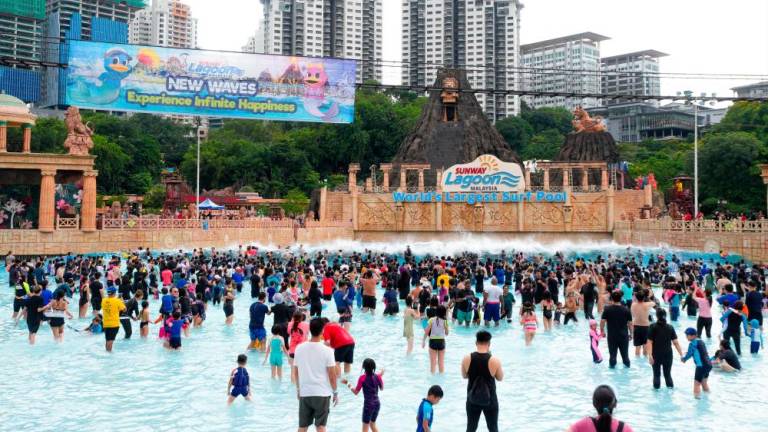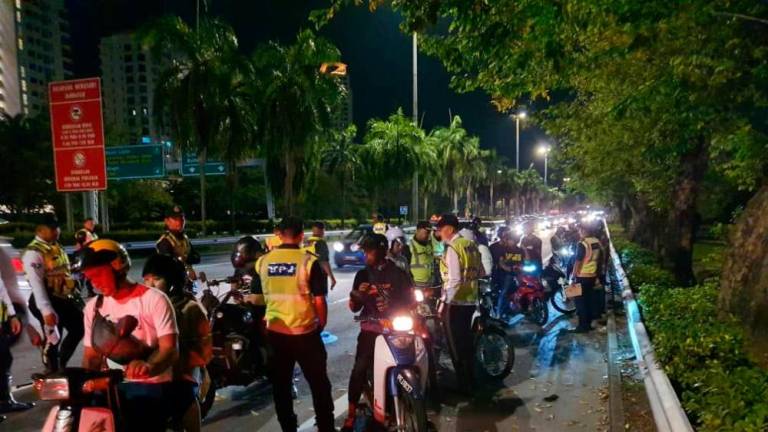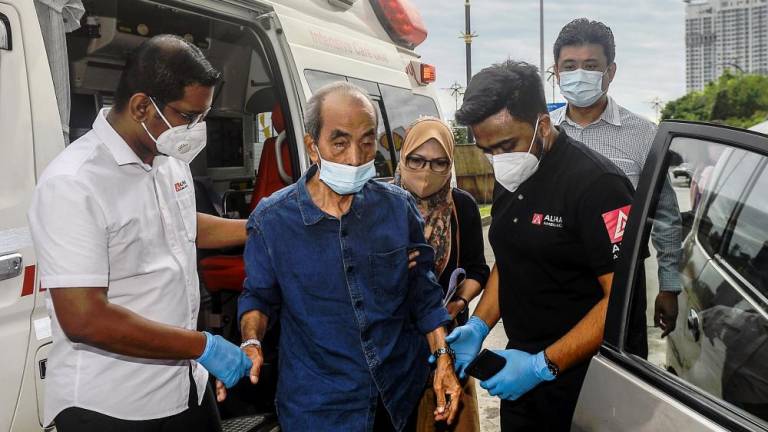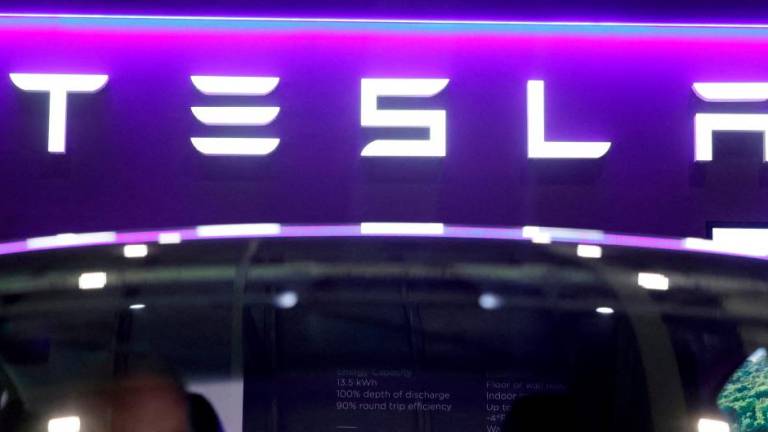IT is customary for tourists to stay at least two nights at a holiday destination, as much time would be spent travelling on the first day and likewise for the return trip on the last day. Hence, many packaged tours sold are for “three days, two nights” with the option to extend for more nights.
Holidaymakers from the Klang Valley could fly, drive or travel by bus to Penang or reach Butterworth by train before taking a ferry to George Town on Penang Island.
Although there is a ferry service from Langkawi to Penang, there is none from Port Klang.
This is because it will take more than six hours to sail 257km from Port Klang to Penang along the busy Straits of Malacca, whereas the distance from Langkawi to Penang by ferry is approximately 120km and usually takes less than three hours.
Until the 1970s, many diesel Mercedes saloons licensed as hire cars (outstation taxis) were running all over peninsular Malaysia and into Singapore.
They carried up to four passengers and were popular with those travelling interstate and fares were charged on a per-seat basis.
But later, their popularity waned after air-conditioning became a standard feature in express buses that offered lower fares and higher safety.
It was a hair-raising experience whenever these hire car drivers overtook other vehicles on old trunk roads, particularly at blind bends.
Today, no one would hire a taxi or e-hail a private car to travel long distances unless in an emergency, as the cost would be high.
For example, the fare could be RM530 or much higher from Kuala Lumpur to Penang Island. In addition, passengers will have to pay toll charges.
Motorists from the Klang Valley driving their cars to Penang would have to spend around RM70 on petrol for the 350km trip plus another RM40 for toll charges.
It may be worthwhile if there are four or five persons in the car, but certainly not for single-occupancy vehicles.
Whether at home or travelling outstation, having a car at our disposal was a necessity as taxis were usually not available or cabbies would try to charge higher than regulated fares.
But with the advent of e-hailing in Malaysia a decade ago, the public is no longer at their mercy.
In 2010, my daughters gave me a birthday present which I had to take delivery from my cousin’s Perodua showroom. It was a MyVi, which I am still driving today.
Since then, 7,220,056 new vehicles, excluding motorcycles, were added to Malaysian roads.
This meant that every day for the past 12 years, an average of 1,648 new vehicles comprising cars, SUVs, MPVs, pickups, vans, buses, lorries and trailers were added to our roads while the government was promoting public transport, with billions of ringgit spent on MRT projects.
Due to traffic congestion everywhere, driving within the Klang Valley and outstation is no longer fun.
I used to enjoy driving so much that I drove taxis between 2000 to 2010, although most of my time was spent in the office as, during this period, I worked for three organisations.
Today, roadside parking is no longer a breeze. Previously, I would always have enough coins to feed parking meters or machines to print out parking receipts.
In some municipalities, parking coupons were used, and they were widely sold at many mini markets or coffee shops.
But many have converted to cashless payments requiring drivers to download various apps and have sufficient cash in their electronic accounts.
As a result, many cities and towns are no longer visitor-friendly and drivers will have to pay higher charges levied by private operators.
In any case, it is time-consuming looking for an empty roadside parking lot or search for a private parking facility, and a parked vehicle could also be damaged or stolen.
While driving, the risk of collision is ever-present apart from the vehicle’s wear and tear, especially the tyres.
The risks are similar whether using one’s own vehicle or renting one.
In any case, not all damage or losses are fully covered by the motor insurance policy.
Customers that do not read or fully understand the terms and conditions in car rental agreements often find out too late.
So, be wise. It is better to travel to Penang by bus or train and use e-hailing services to move about than renting a car and driving yourself.
The other options are either by air, road or by sea in future using high-speed hydrofoils in less than three hours.
As for me, I prefer to take a leisurely train ride to Butterworth and then enjoy the ferry ride to George Town.
The last time I took a long-distance train ride was in 1976 when I went to Hat Yai to buy spare parts for buses that were imported by the tour company that I worked for.
The last time I was on a ferry to Penang was in 1974 when I was working as a tourist guide and escorting a busload of Europeans that were employed by leading airlines.
They were on a familiarisation tour to Malaysia organised by Malaysian Airlines.
While the ferry was approaching Penang Island, a German in the tour group spotted the Queen Victoria Memorial Clock Tower and jokingly remarked “Oh, Big Ben”, associating it with the famous landmark in London, as he knew Penang was a former British colony.
On my return trip, I may take the train again by sitting on the other side. I love watching not only the passing scenery but also the vegetation, which I find fascinating.
While most people would ignore it, I could be captivated by a piece of land overgrown with wild plants and flowers.
Or I may take an express bus from Penang to return to Kuala Lumpur.
The last time I passed by this expressway was in 2019 when I drove to Alor Star to conduct the first-ever current Mesra Malaysia course, even before I conducted the Training-Of-Trainers in Kuala Lumpur.
However, many people prefer to fly from Kuala Lumpur to Penang, which I find more taxing.
One must leave early for the airport, which normally takes an hour to KL International Airport or klia2, but much longer if there was a road accident and it does not matter on which side of the highway.
If one and a half hours were allocated for the trip to the airport, an hour for airport check-in and another hour for the flight, these would add up to three and a half hours.
Then it is normal for flights to be delayed and another wait for checked-in luggage to appear at the baggage carousel.
After that, one must wait for an airport taxi or hail a private car for transfer to the hotel.
As such, the time saved by flying is minimal, not to mention the flight time was scheduled by the airline and many possibilities could crop up unexpectedly later, resulting in missing the flight.
YS Chan is an Asean Tourism Master Trainer for travel agencies, master trainer for Mesra Malaysia and Travel & Tours Enhancement Course. He is also a tourism and transport industry consultant and writer. Comments: letters@thesundaily.com












